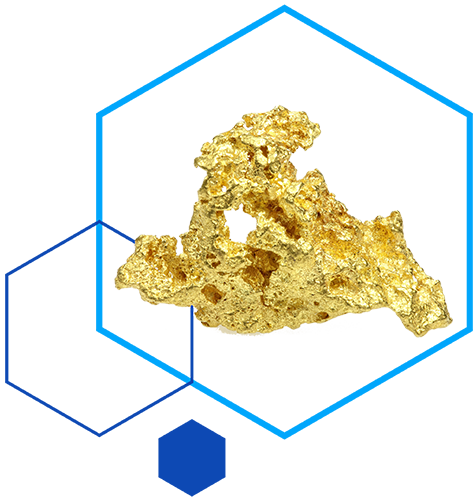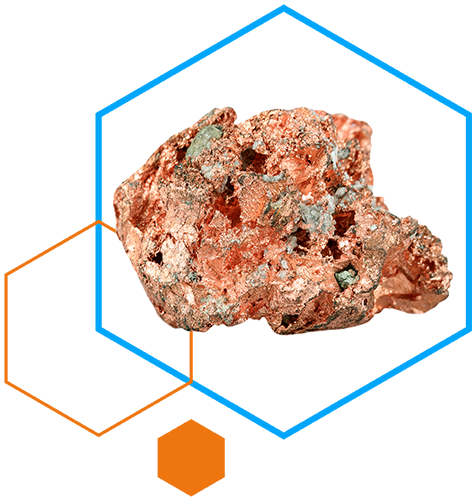We are an exploration and development company focused on securing and developing projects situated in superior strategic settings, and which will produce the metals that matter, Gold and Copper.
Flagship Minerals’ strategy is to secure and develop projects which it believes will position the Company as a low-cost producer of Gold and Copper, metals that matter.
Specifically, Flagship Minerals seeks to secure low capital intensity projects in low-cost jurisdictions and infrastructure rich settings, projects which are positioned for high margin outcomes, and projects which are proximal to infrastructure, industry, and manufacturing.
We believe that, ultimately, a project’s cost environment and geographic setting will be the key determinants of economic success, assuming positive metallurgy.
Our value proposition centers on an inclusive approach to our business, delivering positive outcomes for all stakeholders, and environment we operate in.
We believe in reciprocity – when communities thrive, we thrive. We envision a future where exploration and mining coexist harmoniously with the environment — both local and global — and sustainable growth, delivering positive outcomes for all stakeholders.

Gold continues to demonstrate its resilience and strategic importance as an investment asset, driven by strong demand fundamentals, geopolitical uncertainty, and evolving macroeconomic conditions.
Gold is valued for its unique physical properties and diverse applications across industries. Typically jewellery has been the largest driver of gold demand, accounting for nearly half of global consumption, but gold also plays a critical role in financial systems and investment portfolios, and central banks use gold to diversify reserves and hedge against currency risks. Many investors see gold as safe-haven assets during economic uncertainty.
Due to gold’s excellent conductivity and resistance to corrosion it is also important in electronics manufacturing, including circuit boards, CPUs, connectors, and smartphones. Gold also has niche applications in industries such as dentistry, aerospace engineering, and medical treatments.
Central banks remain pivotal players in the gold market, purchasing record volumes to diversify reserves away from the US dollar. Countries such as China and Russia have been leading this trend, reflecting both geopolitical shifts and gold’s enduring role as a monetary asset.
These structural changes provide stability to gold prices and reinforce its appeal as a long-term store of value, i.e. gold backed ETFs have recently seen substantial inflows as investors seek safe-haven assets amid geopolitical tensions and financial market instability.

Copper is essential for electrification, regardless of the mode of energy transition, whether it be wind, solar, hydro, electric vehicles, or nuclear, Copper is required in the mode of transition itself, Copper is required to connect the mode to the grid, and Copper is required for new grid capacity and extensions to reach the mode. For Copper, the combination of high green transition demand, underinvestment in long cycle supply, declining mining grades and an insufficient pipeline of new projects, means that there is potential for significant price upside. Market commentary suggests that very strong Copper prices are needed to generate the short- term supply responses from scrap supply and substitution to prevent a disorderly and large deficit developing. Once the short-term responses are exhausted, outsized price moves may be required to solve fundamental and unprecedented shortfalls in the medium term, say the next 3-5 years. This is why Flagship Minerals seeks exposure to Copper.
According to market research from the CRU Group commissioned by the International Copper Association (ICA) in 2024, Copper demand is expected to increase at an annual growth rate of 1.85% per annum, or from 28.3 million tonnes in 2020 to 40.9 million tonnes in 2040. Other commentary suggests that there will be an 11.5 million tonne supply deficit by 2040. Copper is predicted to retain an 80 percent market share in the long term, and substitution will be offset by gains in total Copper demand, primarily driven by growth in end-use applications and the green energy transition.